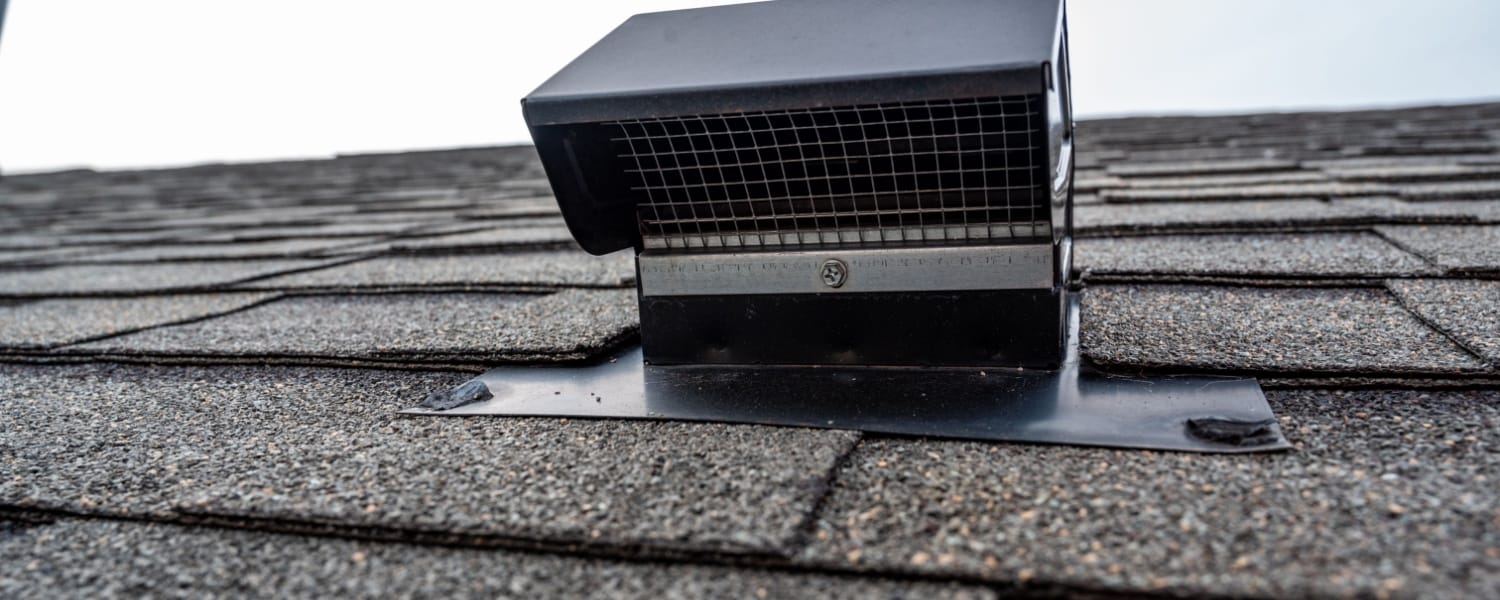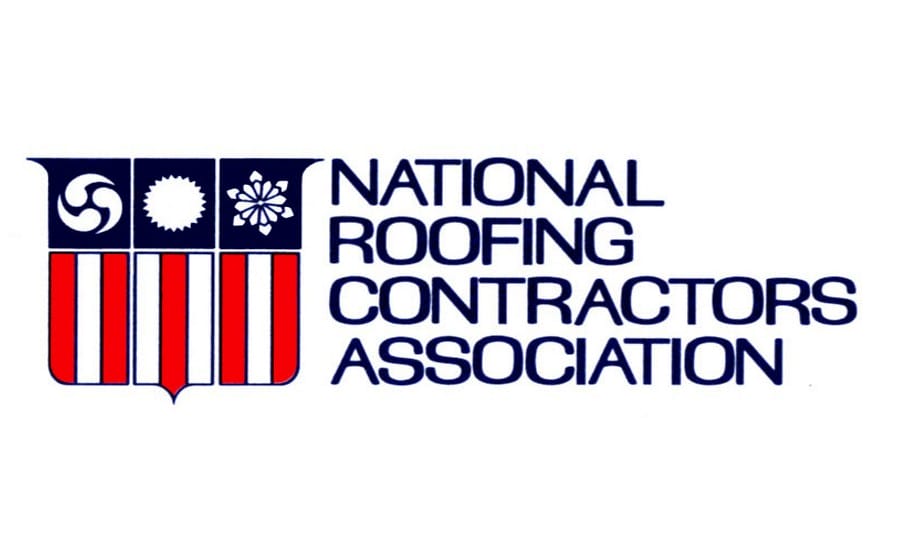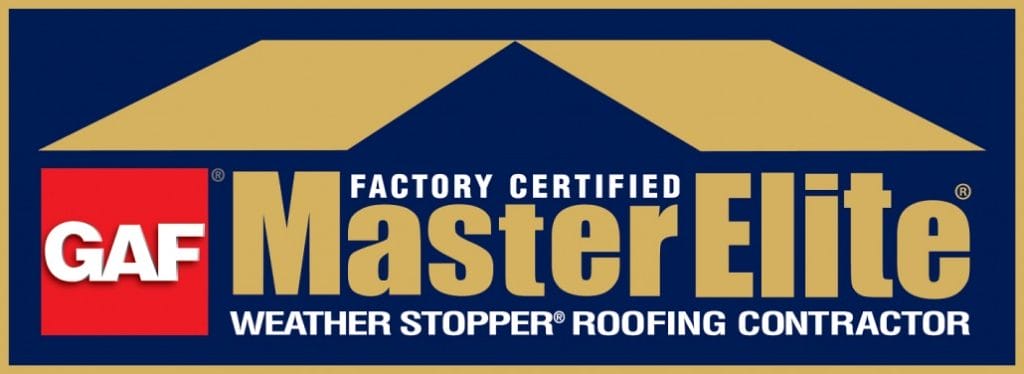Professional Roof Ventilation in Milan, MI
Think of your attic as a sealed container. In the summer, it traps intense solar heat. In the winter, it traps warm, moist air rising from your home. Without a way for this air to escape, your attic becomes a destructive environment that attacks your home from the inside out. For homeowners in Milan, a poorly ventilated attic is a silent enemy, prematurely aging your roof, driving up energy bills, and creating a breeding ground for mold.
At New Roof, Inc., we are Milan’s specialists in attic and roof ventilation. We understand the building science behind creating a healthy, breathing attic space that protects your entire home. Our team can analyze your current system and design a balanced solution that adds years to the life of your roof and comfort to your home. To schedule a professional ventilation assessment, call our experts at (734) 665-5555.

The Year-Round Damage Caused by a Stagnant Attic
An attic without proper airflow is a major liability, causing a cascade of expensive problems throughout the seasons.
- Skyrocketing Summer Cooling Costs: A trapped pocket of super-heated air in your attic can reach 150°F or more, radiating heat down through your ceiling and forcing your air conditioner to run non-stop just to keep your home comfortable.
- Winter Moisture, Mold, and Rot: As warm, moist air from your living space rises, it condenses on the cold surfaces of your roof’s framing and sheathing. This chronic moisture rots wood, saturates insulation, and can lead to unhealthy mold growth.
- Premature Shingle Death: The extreme heat in a stagnant attic literally bakes your asphalt shingles from below. This causes them to lose their protective granules, become brittle, and fail years before their expected lifespan is reached.
The Solution: A Balanced “Intake and Exhaust” System
The key to a healthy attic is creating a continuous, passive flow of air based on the simple principle of convection: hot air rises.
We achieve this by creating a balanced system. Intake Vents (typically in the soffits under your eaves) draw cool, fresh air into the attic. Exhaust Vents (like a continuous ridge vent at the roof’s peak) allow the hottest, moistest air to escape. Engineering the correct 50/50 balance between intake and exhaust is crucial for performance, and our team are experts at designing the right system for your Milan home.
Don’t let a trapped attic destroy your roof. Get a free quote for a balanced ventilation system today!
Your Complete Home Exterior Partner in Milan
A truly protected home relies on a cohesive system of exterior components. At New Roof, Inc., we are experts in the entire building envelope, ensuring every part of your home’s defense works in perfect harmony. We are your single source for all exterior needs in Milan.
- Residential Roofing
- Commercial Roofing
- Roof Replacement
- New Roof Installation
- Siding
- Windows
- Gutters
- Chimney Repair
- Attic Insulation
Frequently Asked Questions About Attic Ventilation
What are the best types of roof vents?
While several types of vents exist, most building science experts agree that a passive ventilation system is the most reliable and effective. A system that combines continuous soffit vents for intake and a continuous ridge vent for exhaust creates the most even and consistent airflow across the entire attic space without requiring any electricity or moving parts.
Can you add ventilation to my existing roof?
Yes. It is almost always possible to retrofit a modern, effective ventilation system onto an existing roof. This often involves cutting in a new ridge vent at the peak of the roof and ensuring there is adequate soffit ventilation for intake. It’s one of the best upgrades you can make to an older roofing system.
Are ventilation and insulation related?
They are critically related. As home safety experts like the Federal Alliance for Safe Homes (FLASH) often note, they are two parts of a single system. Insulation slows down the transfer of heat, while ventilation gets rid of the heat and moisture that still makes it into the attic. A high-performing attic requires both to be working together correctly.










